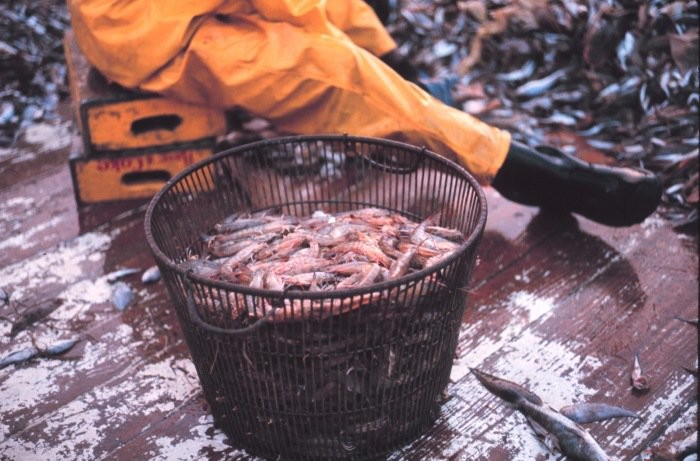The World Trade Organization announced Dec. 14 that it missed yet another deadline to agree on rules fighting overfishing. These talks began in 2002, and 18 years later have achieved nothing.
The showstopper appears to be a letter sent by India to the WTO negotiating committee on March 6, 2020. India demanded proposed rules seeking to curb unreported and unregulated fishing shouldn’t apply to developing countries. Alarmingly, the proposed rule merely asked for WTO members to stop giving subsidies for unreported and unregulated fishing.
The WTO’s own fact sheet on the negotiations cites UN data “that 34 percent of global stocks are overfished compared with 10 percent in 1974, meaning they are being exploited at a pace where the fish population cannot replenish itself.” The United Nations’ Food and Agriculture Organization documents much of the global travesty known as Illegal, Unreported and Unregulated fishing.
The good news is that America can do a lot to fix this on our own. The United States now imports more than 90 percent of the seafood we consume, and we are the number-one importer worldwide. The vast majority of seafood imports can come from anywhere in the world tariff free because we have mostly zero percent tariffs.
Being the number one consumer of imported seafood gives us all the leverage to save the fish. We do this by declaring that international trade in fisheries is doing far more harm than good, and it’s well past time the United States raised our default tariffs on seafood to prohibitive levels.
We can limit imports to countries we have free trade agreements with or among the 119 countries that partner in our various trade preference programs.
For a century, U.S. seafood processing companies have held all the sway in Washington, wanting seafood landings as cheap as they can get them, leaving our fishermen to fend for themselves in global markets.
WTO rules will allow certain principally affected countries to raise their tariffs in response. That’s fine. Our most export-sensitive fishery is lobster. But China already shut down their U.S. lobster imports in 2018, so nothing new there. While China’s retaliatory tariffs caused some short-term pain in soybeans and lobsters, it hasn’t done much else except net the U.S. Treasury a $70 billion windfall.
The solution to help our fishermen and farmers isn’t chasing export markets; it’s ensuring sustainable harvests and pricing here at home. Many countries have excellent models of supply management along these lines. Our seafood trade will be better managed bilaterally. As the world’s number-one consumer, we have a responsibility to the planet to get this right.
Charles Benoit
Trade counsel
Coalition for a Prosperous America







.jpg.small.400x400.jpg)